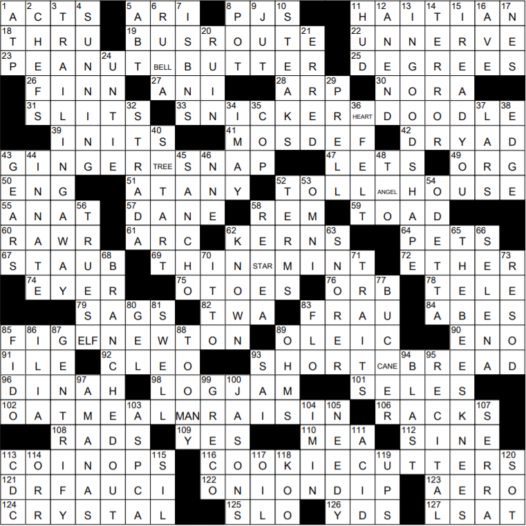

The principal work is Coral Amende’s The Crossword Obsession: The History and Lore of the World’s Most Popular Pastime. 1 Trivia can allow future generations to better understand a civilization and its values.įew scholars have examined the crossword puzzle in historical or cultural ways. As Laurel Thatcher Ulrich observes in her article on performing research on Martha Ballard for A Midwife’s Tale, Ballard’s diaries places an importance on trivial chores that allows contemporary scholars to gain a comprehensive understanding of the time period and the roles that women played within it. Studying the familiar, or the so-called trivial, to extract serious cultural theories is a hallmark of these disciplines. This situation is common among subjects widely deemed ephemeral, which fields such as American Studies and Popular Culture Studies have turned to their advantage. The New York Times crossword has taken on characteristics of other important works in American cultural studies, including a form of fandom, contemporary relevance, and entrance into the cultural zeitgeist.Įxisting scholarship about the New York Times crossword puzzle is limited, in part because those outside the crossword puzzle community perceive it as a trivial topic.

Branding, in this case, is not simply limited to a recognized font or logo, but rather it is shaped through a type of customer, which is clearly visible through the crossword puzzle. Sometimes a text, like the crossword puzzle, might not be universally employed or consulted, but it possesses a universal meaning that goes beyond simple engagement.

Hundreds of books, calendars, and other ephemera have been published using the puzzles, creating a secondary line of products outside the traditional confines of the newspaper. Through an examination of the puzzle’s folklore, cultural references, and evolution, one finds that the puzzle has come to support the Times’ lofty status in American news publications. The New York Times crossword, through its association with the “paper of record” in the United States, has become the gold standard of American crossword puzzles. Crosswords are typically relegated to the categories of trivia and games however, with the New York Times crossword being ingrained in our popular culture through film, television, and other artifacts, the puzzle is no longer a trivial text, but evolves into something more significant. This anecdote illustrates the larger cultural perception about the connection between intelligence and the New York Times crossword puzzle, as well as the broader importance of puzzles and trivia in American society. At seven, I had not yet worked the puzzle, but I knew preternaturally that these two components must connote intelligence. Between observing both this practice and her nightly viewing of Jeopardy!, I came to believe that she was quite intelligent. She perched at the end of the dining room table with her blue ballpoint pen, the paper folded into quarters, and her Entemann’s crumb donut on a white china plate. When I was younger, I watched in awe as my grandmother completed the Sunday New York Times crossword puzzle … in ink.


 0 kommentar(er)
0 kommentar(er)
